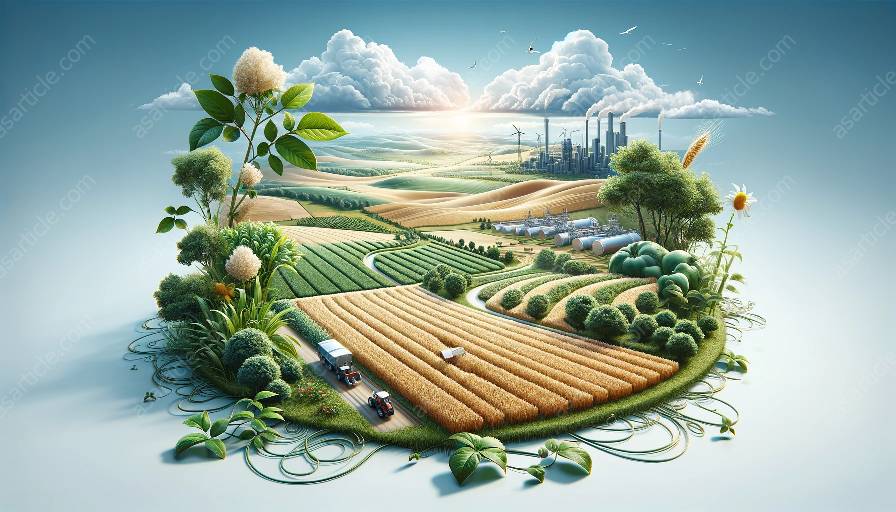The relationship between soil moisture and hydrology plays a crucial role in environmental hydrology, water management, and agricultural sciences. This topic cluster dives deep into the intricate mechanisms governing soil moisture, its impact on hydrology, and its practical implications for water management in agricultural settings. Let's explore the fascinating world of soil moisture hydrology and its relevance to environmental sustainability and agriculture.
The Importance of Soil Moisture in Hydrology
Soil moisture is a key variable in the hydrological cycle, influencing runoff, evaporation, and groundwater recharge. The distribution and movement of soil moisture have a direct impact on hydrological processes, affecting the availability of water for various purposes. By understanding the dynamics of soil moisture in hydrology, we can better manage water resources and mitigate the impacts of droughts and floods.
Soil Moisture Measurement Techniques
Several methods are used to measure soil moisture, including gravimetric, neutron probe, time-domain reflectometry (TDR), and capacitance sensors. Each technique offers unique insights into the spatial and temporal variability of soil moisture, enabling more accurate assessments of water availability and hydrological behavior.
Soil Moisture and Environmental Hydrology
In the context of environmental hydrology, soil moisture influences streamflow, watershed dynamics, and the overall health of aquatic ecosystems. Understanding the interplay between soil moisture and environmental hydrology is essential for addressing water quality issues, maintaining ecological balance, and sustaining vital water-dependent habitats.
Soil Moisture and Water Management in Agriculture
For agricultural sciences, soil moisture is a critical factor in crop production, irrigation efficiency, and soil conservation. By optimizing water management practices based on soil moisture data, farmers can improve crop yields, reduce water usage, and minimize nutrient leaching. Moreover, the integration of soil moisture information into precision agriculture technologies enhances the sustainability and productivity of farming operations.
Integrated Approaches to Soil Moisture Hydrology
Integrating soil moisture data into hydrological models and decision-support systems enables comprehensive assessments of water availability, water movement, and water-related risks. This integrated approach facilitates informed decision-making in environmental hydrology and water management, contributing to more resilient and sustainable water resource strategies.
The Role of Soil Moisture Sensors in Water Management
Advancements in soil moisture sensor technologies have revolutionized water management practices by providing real-time, site-specific data on soil moisture conditions. These sensors empower farmers and water resource managers to optimize irrigation scheduling, monitor soil water content, and implement precision water application, thereby conserving water and enhancing the efficiency of agricultural water use.
Challenges and Opportunities in Soil Moisture-Based Hydrological Studies
While soil moisture hydrology offers valuable insights, challenges such as sensor accuracy, data integration, and complex spatial variability necessitate ongoing research and innovation. Addressing these challenges presents opportunities for interdisciplinary collaboration and the development of advanced tools for accurate soil moisture monitoring and hydrological modeling.
Conclusion
The intricate relationship between soil moisture, hydrology, and water management forms the foundation for sustainable environmental hydrology and efficient agricultural water use. By embracing the complexities of soil moisture dynamics, integrating advanced measurement techniques, and leveraging innovative technologies, we can enhance our understanding of hydrological processes, mitigate water-related risks, and promote responsible water management practices across diverse ecosystems and agricultural landscapes.

